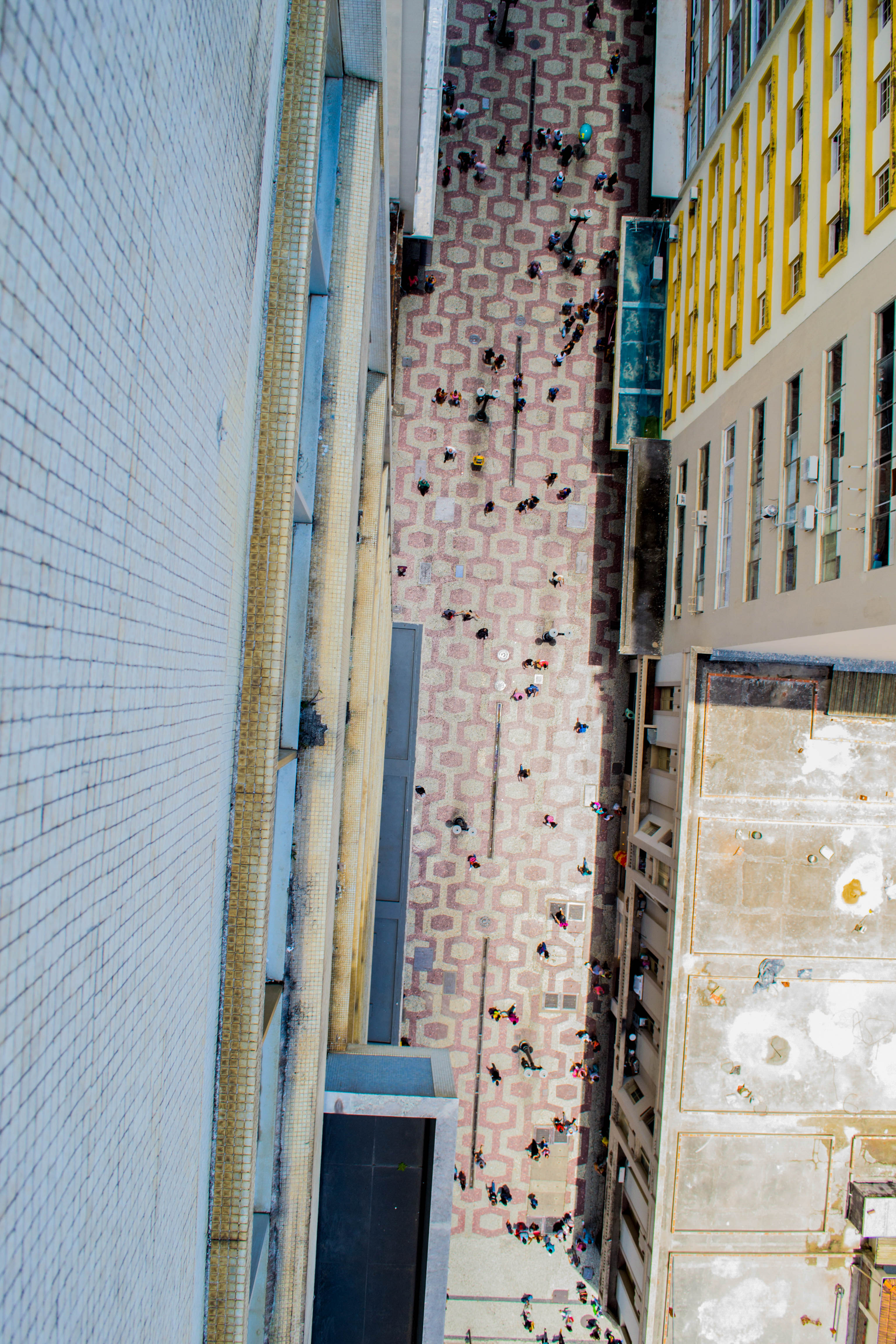Brazil, Juiz de Fora
FC-01x Future Cities (Self-Paced) - Exercise 1 : "Making the Invisible - Visible"

Uploaded on 2017-02-19 by Lara Scanapieco Barreto
Visible information (1) The picture shows the main street of my hometown Juiz de Fora, Rua Halfeld. It connects the two main squares in the city, Parque Halfeld (west) and Praça da Estação (east). Those squares are very important to the city history and urbanization process that took place in 19th Century. Rua Halfeld has a great diversity on architectural styles buildings, from Art Nouveau and Art Deco to Brazilian Modernism. Different actions take place by day and night. The most important aspect to notice is the connection between the main pedestrian streets and the commercial galleries, working as small and covered streets between the buildings, also as entrance for the higher buildings mostly housing apartments. Invisible information (2) This last mentioned aspect makes the pedestrian flow more dynamic in this street and its sorroundings and it is denser than any other area in Juiz de Fora. It is possible to witness the diversity of the city. A more precise research would lead to identificate those buildings activities, such as residential, comercial and service and it would also show how it is strictly related to the pedestrian flow. Moreover, it would be possible mapping how people use those buildings, most them historic and old ones and comercial galleries, and for what and when. (3) This analyse would descrive a very peculiar situation in the central area of Juiz de Fora. In the past years, those old and historical buildings have been demolished in order to build new ones to get more space, apartaments, offices and stores, since this area is quite expensive and it is envolved in financial speculation. However the flow for those new buildings do not follow as much as for the old ones before. This amount of data and information could lead to actions that could protect those very special architectures to the city.